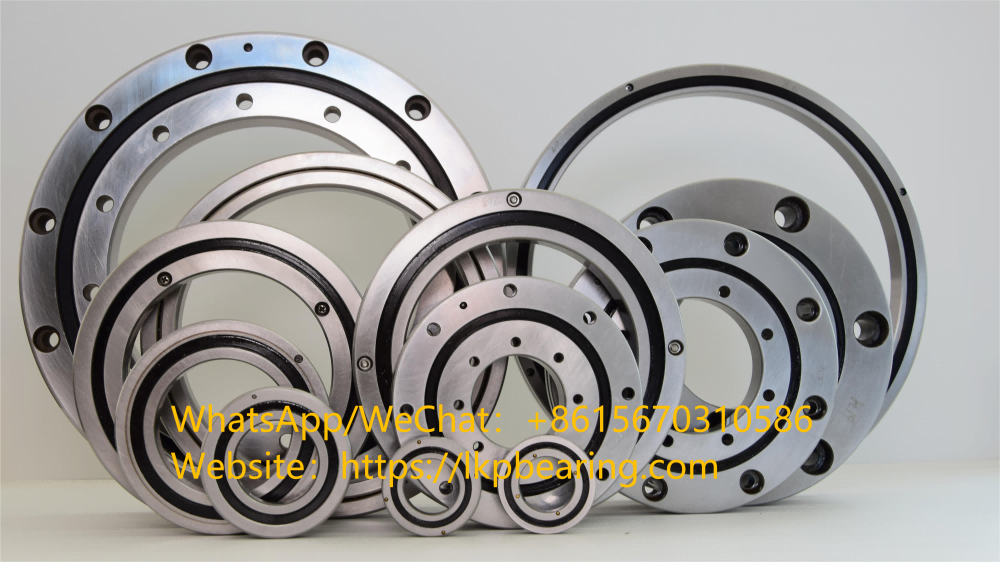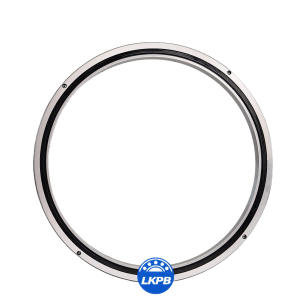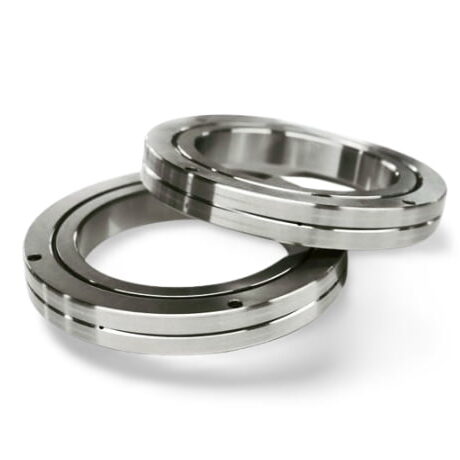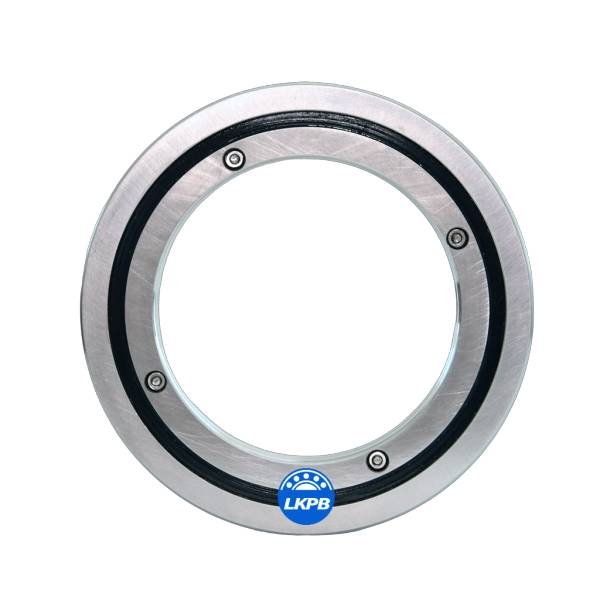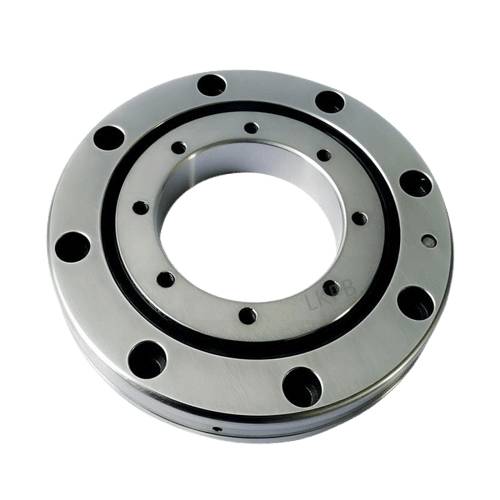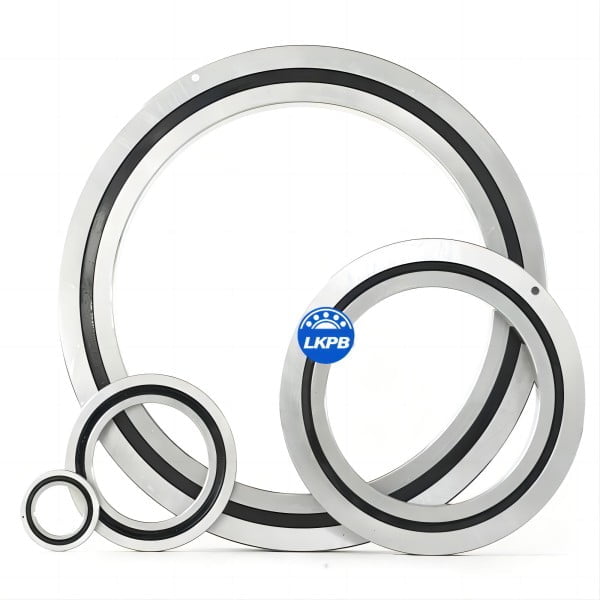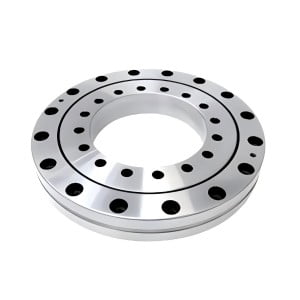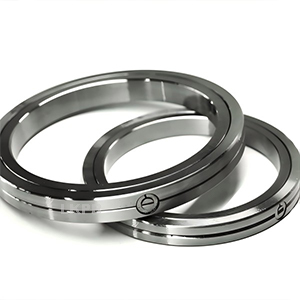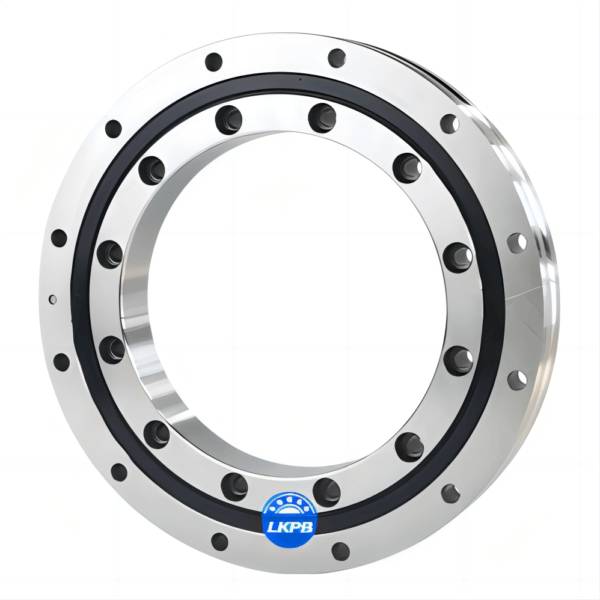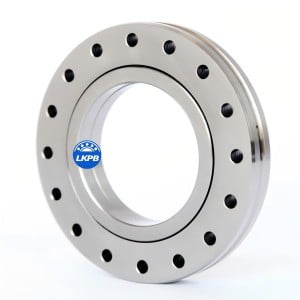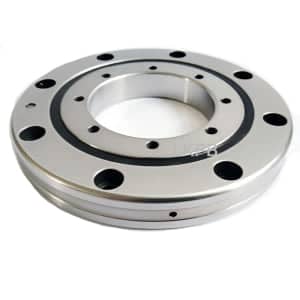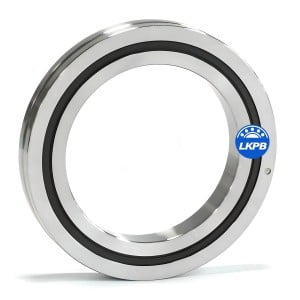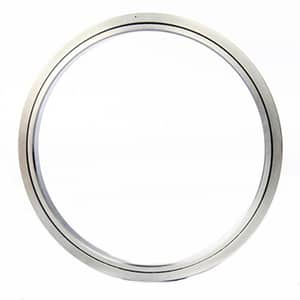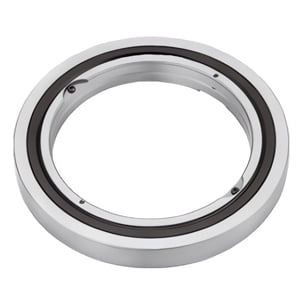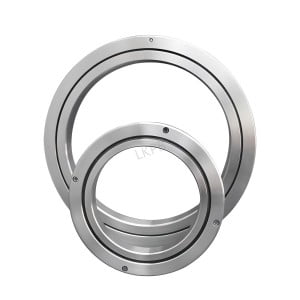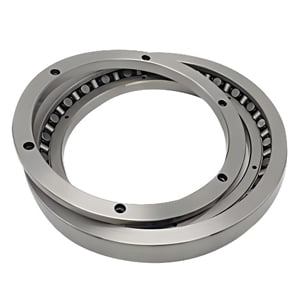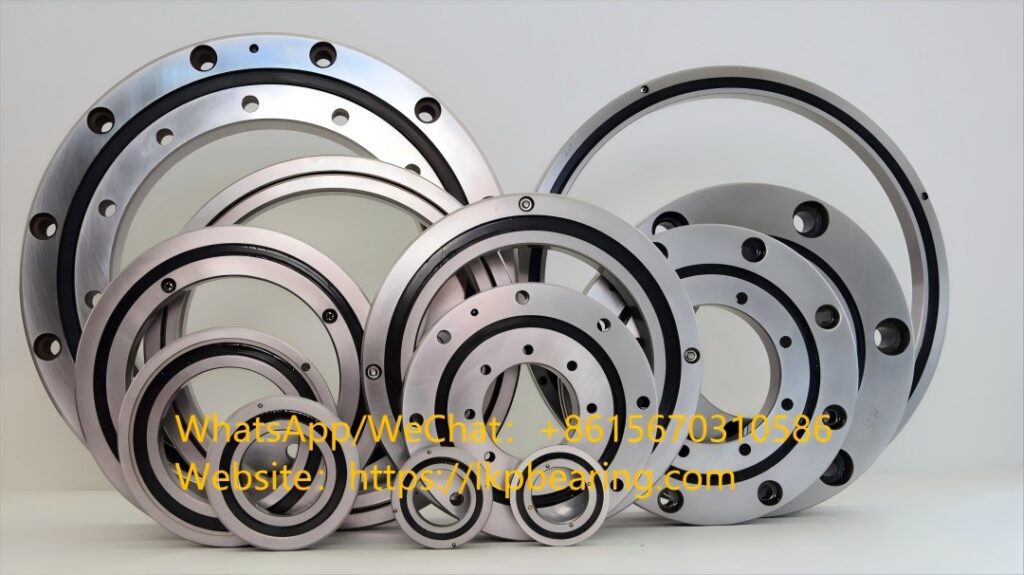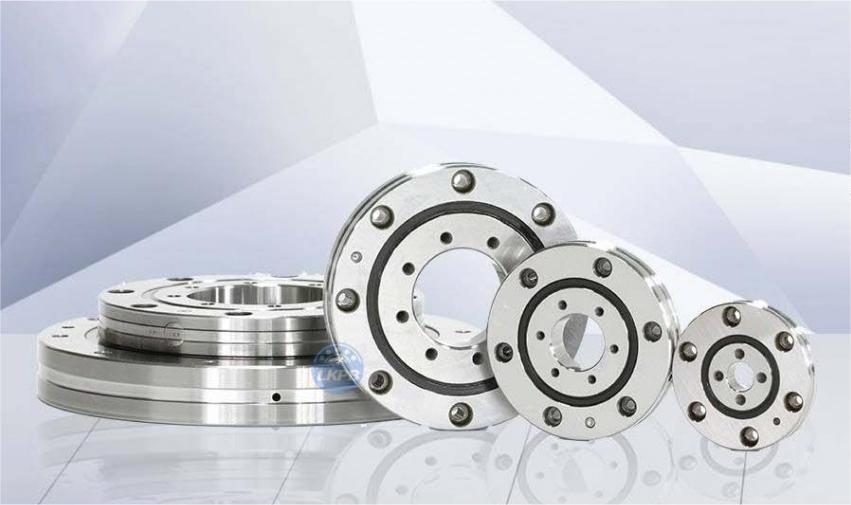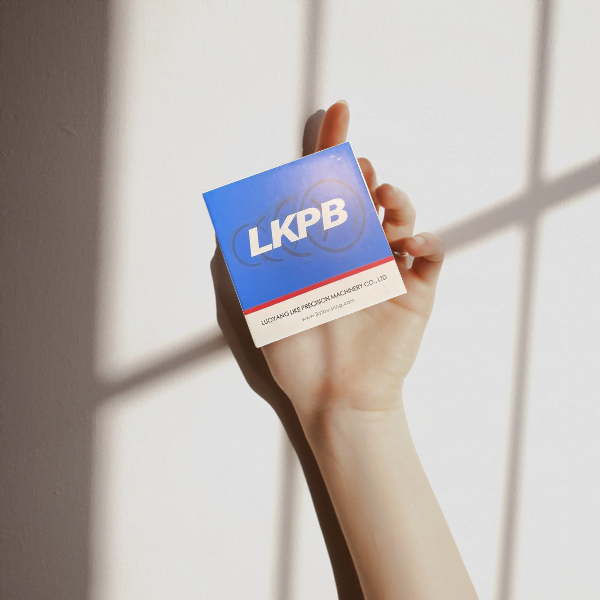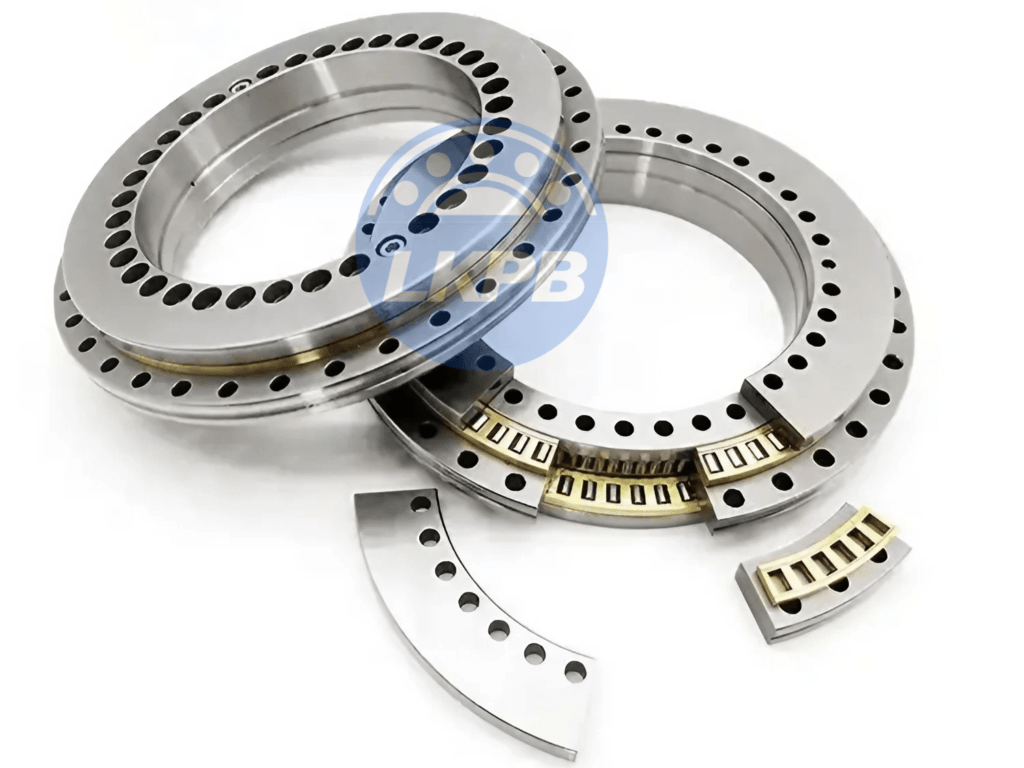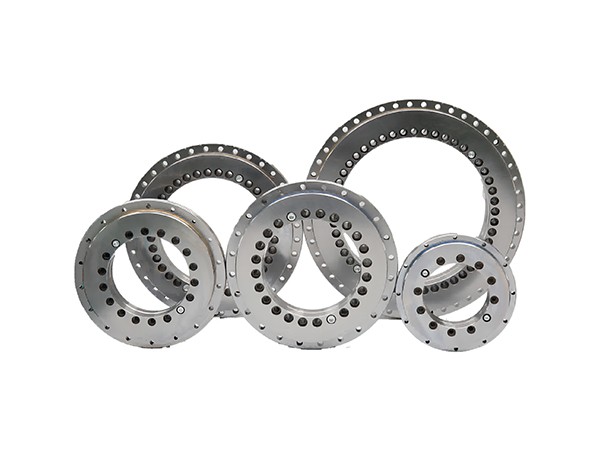Cross roller bearings are a crucial component in many industrial applications due to their high precision and load-bearing capacity. Understanding the costs associated with these bearings can help businesses make informed purchasing decisions. This guide delves into various factors affecting the costs of cross roller bearings and provides insights into how companies like LKPB can meet specific needs, including non-standard customization and OEM requirements.
1. Introduction to Cross Roller Bearings
Cross roller bearings are designed to handle both radial and axial loads, making them ideal for applications requiring high rigidity and precision. They are commonly used in robotics, machine tools, medical equipment, and semiconductor manufacturing.
Design and Structure
The unique design of cross roller bearings involves cylindrical rollers arranged perpendicularly, which allows them to support loads in all directions. This design enhances the bearing’s rigidity and load-bearing capacity while minimizing space requirements.
Material and Manufacturing
The materials used in manufacturing cross roller bearings, such as stainless steel, contribute significantly to their performance and cost. High-quality materials ensure durability and resistance to wear and tear, which is critical for demanding applications.
2. Factors Influencing Cross Roller Bearing Costs
Several factors influence the cost of cross roller bearings, including material quality, manufacturing precision, customization, and market demand. Understanding these factors can help businesses optimize their procurement strategies.
Material Quality
The choice of material impacts both the performance and cost of cross roller bearings. High-grade materials, such as stainless steel or ceramics, offer superior performance but come at a higher price. Conversely, using lower-grade materials can reduce costs but may compromise durability and efficiency.
Manufacturing Precision
The precision of manufacturing processes, including grinding and assembly, affects the performance and cost of cross roller bearings. High-precision bearings require advanced manufacturing techniques and strict quality control, leading to higher costs.
Customization and OEM Requirements
Companies like LKPB offer non-standard customization and OEM services, which can influence costs. Custom bearings designed for specific applications may require unique materials, sizes, and manufacturing processes, adding to the overall expense.
Market Demand and Supply
Market dynamics, including demand and supply, can impact bearing prices. High demand for cross roller bearings in sectors like robotics and medical equipment can drive up prices, while an abundant supply can lead to cost reductions.
3. Customization and OEM Services by LKPB
LKPB stands out in the industry by offering extensive customization and OEM services, catering to the unique needs of different applications. These services ensure that customers receive bearings tailored to their specific requirements, enhancing performance and longevity.
Non-Standard Customization
LKPB provides non-standard customization options, allowing customers to specify materials, dimensions, and performance characteristics. This flexibility ensures that the bearings meet the exact needs of specialized applications, such as high-speed machinery or precision medical devices.
OEM Partnerships
As an OEM partner, LKPB collaborates with clients to design and manufacture bearings that integrate seamlessly into their products. This partnership approach helps in optimizing performance and reducing overall system costs by ensuring that the bearings are perfectly matched to the application.
Benefits of Customization
Customized cross roller bearings offer several benefits, including improved performance, extended lifespan, and reduced maintenance costs. By tailoring bearings to specific needs, LKPB helps businesses achieve higher efficiency and reliability in their operations.
4. Cost-Benefit Analysis of Cross Roller Bearings
Investing in high-quality cross roller bearings can lead to significant long-term savings by reducing downtime and maintenance costs. Conducting a cost-benefit analysis helps businesses understand the value of investing in premium bearings.
Initial Costs vs. Long-Term Savings
While the initial cost of high-quality cross roller bearings may be higher, the long-term savings from reduced maintenance and extended lifespan can outweigh the upfront investment. Premium bearings minimize the risk of failures and costly downtime.
Efficiency and Performance
High-quality cross roller bearings enhance the efficiency and performance of machinery, leading to increased productivity. Efficient bearings reduce friction and wear, resulting in smoother operation and less energy consumption.
Case Studies and Examples
Case studies from various industries highlight the benefits of investing in quality cross roller bearings. For instance, a robotics manufacturer reported a 20% increase in operational efficiency after switching to customized bearings from LKPB, demonstrating the tangible benefits of quality investments.
5. Purchasing Considerations for Cross Roller Bearings
When purchasing cross roller bearings, several considerations can help ensure the best value for money. These include understanding application requirements, evaluating supplier capabilities, and considering total cost of ownership.
Application Requirements
Identifying the specific requirements of the application is crucial when selecting cross roller bearings. Factors such as load capacity, speed, and environmental conditions must be considered to ensure optimal performance and longevity.
Supplier Evaluation
Choosing a reliable supplier like LKPB is essential for obtaining high-quality bearings. Evaluating the supplier’s reputation, customization capabilities, and quality control processes can help ensure that the bearings meet the required standards.
Total Cost of Ownership
Considering the total cost of ownership, including initial purchase price, maintenance, and operational costs, provides a comprehensive view of the investment. High-quality bearings may have a higher upfront cost but offer significant savings over their lifecycle.
6. Trends and Innovations in Cross Roller Bearings
The cross roller bearing industry is evolving with advancements in materials, manufacturing technologies, and design innovations. Staying informed about these trends can help businesses leverage new developments for improved performance and cost savings.
Advanced Materials
Innovations in materials, such as ceramics and advanced composites, are enhancing the performance and durability of cross roller bearings. These materials offer superior resistance to wear and corrosion, making them suitable for extreme environments.
Precision Manufacturing
Advancements in precision manufacturing technologies, including computer numerical control (CNC) machining and additive manufacturing, are enabling the production of bearings with higher accuracy and consistency. These technologies reduce defects and improve overall performance.
Smart Bearings
The integration of sensors and smart technologies into cross roller bearings is an emerging trend. Smart bearings can monitor their own condition and provide real-time data on performance, enabling predictive maintenance and reducing the risk of unexpected failures.
7. Future Outlook for Cross Roller Bearing Costs
The future of cross roller bearing costs will be influenced by ongoing technological advancements, market dynamics, and industry demands. Businesses can prepare for these changes by staying informed and adapting their procurement strategies accordingly.
Technological Advancements
Continuous improvements in materials and manufacturing processes are expected to drive down the costs of high-performance cross roller bearings. Innovations such as automation and AI-driven quality control will enhance production efficiency and reduce expenses.
Market Dynamics
Global market trends, including increasing demand in emerging markets and shifts in supply chain dynamics, will impact bearing costs. Businesses should monitor these trends to anticipate price fluctuations and adjust their strategies accordingly.
Sustainable Practices
The adoption of sustainable manufacturing practices and materials is becoming increasingly important. Environmentally friendly bearings made from recyclable materials or produced using energy-efficient processes may see growing demand, influencing market prices.
Conclusion
Understanding the costs of cross roller bearings involves considering various factors, including material quality, manufacturing precision, customization, and market demand. Companies like LKPB offer valuable services, such as non-standard customization and OEM partnerships, to meet specific application needs. By conducting a thorough cost-benefit analysis and staying informed about industry trends, businesses can make informed decisions that enhance efficiency and reduce overall costs.


